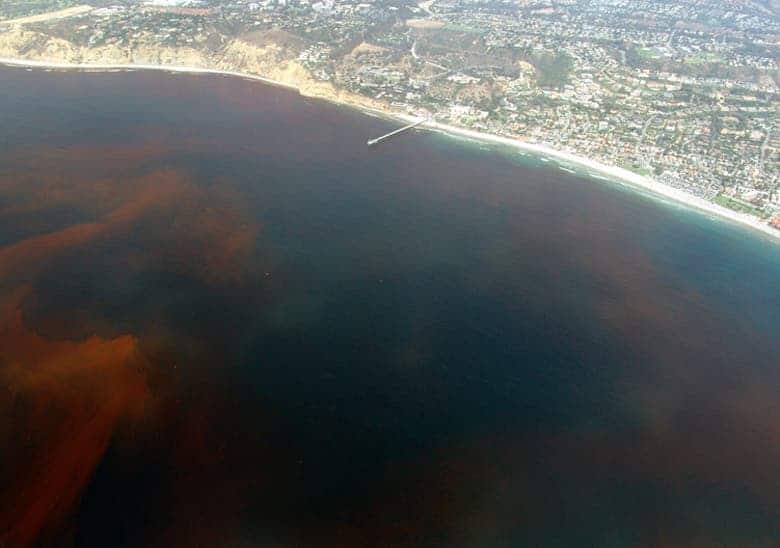Underwater robots have recently made a discomforting discovery: the Gulf of Oman harbors a “dead zone” nearly the size of Florida.

Remote-controlled submarines — sent forth by researchers from the University of East Anglia — have identified the world’s largest dead zone. This mass of water, spanning a chilling 63,700-square-mile (roughly 165.000 km²) area in the Gulf of Oman, is nearly devoid of oxygen. That’s an area comparable to the surface of Florida (170,305 km²), and over two times larger than Scotland (80,077 km²).
Although the technical term for such a place is an “oxygen minimum area”, their colloquial name of “dead zones” is quite apt. Marine flora and fauna are completely dependent on oxygen dissolved in the water for their survival. The absence of this element also alters the local nitrogen cycle, causing nitrous oxide emissions — which is a greenhouse gas 300 times more powerful than carbon dioxide.
Dead zones are generally the product of climate change-induced ecological shifts and/or chemical run-off from land — for example, from sewage or chemical fertilizers. One particularly worrying prospect is that as climate change makes ocean water warmer, it will be less able to hold oxygen — meaning more frequent and more intense dead zones.
“Our research shows that the situation is actually worse than feared – and that the area of dead zone is vast and growing,” said Dr Bastien Queste, who led the research. “The ocean is suffocating.”
Dead zones are “a disaster waiting to happen,” he adds.

The Gulf of Oman dead zone sits between a depth of 200 and 800 meters. The team report that it is made up of entirely anoxic or suboxic conditions — meaning there’s no oxygen or very low oxygen present, respectively.
Computer simulations, based on data the team recovered on site, revealed that the dead zone has increased both in size and severity since the 1990s and is still growing, the team reports. Unless addressed it could have drastic consequences for life both in and out of the sea.
“Another interesting question is now that the Gulf of Oman is clearly consuming oxygen faster than it is replenished, how much of that is exported to the Arabian Sea and making the wider Arabian Sea OMZ extend and grow even more?” Queste asks.
The next step for the team is to figure out whether this is due to the overall supply of oxygen decreasing, or an increased consumption of oxygen in the region.
The “Seaglider” robots that made the discovery possible are roughly the size of a person, but can spend several months at depths of 1,000 meters. In an article recently published in Geophysical Research Letters, the researchers note that access to these waters had previously been limited by “piracy and geopolitical tensions.”
The paper “Physical controls on oxygen distribution and denitrification potential in the north west Arabian Sea” has been published in the journal Geophysical Review Letters.






